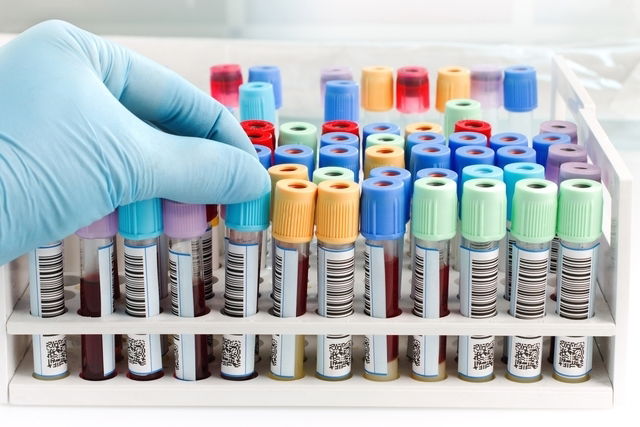Low triglycerides may sometimes be a sign of a low-calorie diets or certain diseases such as hyperthyroidism or malnutrition. Although there is no minimum value for triglyceride levels in the blood, triglycerides are considered to be low when levels are under 50 ml/dL.
Triglycerides are a type of fat that are released into the bloodstream to provide energy for the body. High levels of triglycerides can increase the risk of problems such as heart attacks, atherosclerosis or strokes.
It is important to keep triglyceride levels between 50 and 150 ml/dL to achieve optimal cardiovascular health. Low triglycerides should be assessed by a doctor to determine whether they are related to a health condition that requires treating.

What causes low triglycerides?
The main causes of low triglyceride levels are:
1. Diets low in fat and carbohydrates
Ingesting fats and carbohydrates is important for the formation of triglycerides in the body. People who consume diets that are low in these nutrients may consequently have low triglycerides.
What to do: It's important to adhere to a healthy, balanced diet, as very restrictive diets for long periods of time can cause nutrient deficiencies and health problems. You can consult a registered dietitian if you have doubts about the diet that is right for you.
2. Hyperthyroidism
Hyperthyroidism is characterized by a faster metabolism that leads to the body consuming more energy. This can cause a higher consumption of triglyceride reserves, which leads to a decrease in triglyceride levels in the blood.
In addition to changes in triglyceride levels, hyperthyroidism can also cause weight loss, changes in the heartbeat, weakening of the nails and hair and mood swings. Learn about other symptoms of hyperthyroidism.
What to do: You should consult a family doctor or endocrinologist to assess your thyroid hormones. If confirmed, the doctor may prescribe medication, such as propylthiouracil and Methimazole, to regulate the production of thyroid hormones.
3. Use of cholesterol-lowering drugs
Some drugs used to lower blood cholesterol levels, such as statins, fibrates and nicotinic acid, can also lower triglycerides.
What to do: Low triglyceride levels induced by cholesterol medications may prompt a reassessment of cholesterol medication. Speak to your doctor about whether your treatment plan is adeqate.
4. Malnutrition
Malnutrition or undereating is associated with low intake or reduced absorption of nutrients. his leads to a decrease in several important nutrients, including triglycerides, in the body.
Some symptoms that can help identify malnutrition include:
- Excessive loss of weight, muscle mass and fat
- Lack of appetite
- Swollen belly
- Weak hair, brittle nails and dry skin
- Mood swings
What to do: It is important to consult a general practitioner to confirm the diagnosis of malnutrition and recommend appropriate treatment, which includes the use of supplements and increased food intake.
5. Malabsorption syndrome
With this condition, the intestine is unable to absorb nutrients such as vitamins, proteins, fats and carbohydrates properly, reducing the formation of triglycerides in the body. People with malabsorption syndrome usually have celiac disease or Crohn's disease, for example.
What to do: You should consult a gastroenterologist or proctologist, who will order tests such as endoscopy and a stool test, identify the cause of the malabsorption and prescribe the most appropriate treatment.
